
Smart Shoppers Avoid These 3 Types of Fish at the Market
Smart Shoppers Avoid These 3 Types of Fish at the Market—But Always Buy These 4 Nutritious and Delicious Ones
Choosing the right fish—clean, safe, and low in toxins—is essential for protecting your health and that of your family. Fish are a fantastic source of protein, omega-3 fatty acids, and other essential nutrients. But not all fish are safe to eat. From farmed to wild-caught, the variety is vast—and selecting the wrong type can pose serious health risks.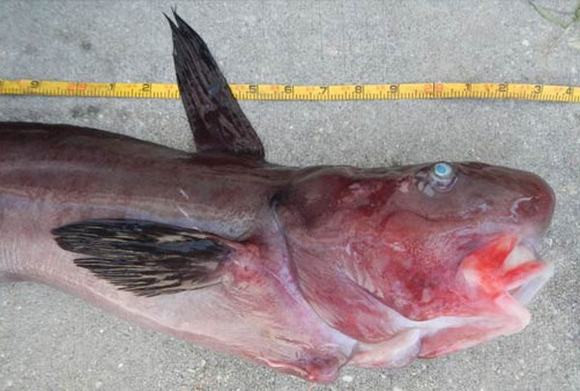
At the Market? Avoid These 3 Types of Fish
1. Fish With an Unusual Odor
The first thing to check when buying fish is the smell. If a fish has a strong, unpleasant odor—especially one that smells metallic or "chemical-like"—it’s a major red flag.
Such smells often indicate the fish was raised or caught in heavily polluted waters, possibly contaminated with industrial waste or toxic heavy metals. Not only does this ruin the flavor, but it also makes the fish a health hazard.
Also beware of fish with a very strong "fishy" or sour smell. This can signal spoilage, during which bacteria break down the proteins into histamines—compounds that may cause food poisoning with symptoms like nausea, abdominal pain, diarrhea, or even allergic reactions in sensitive individuals.
Tip: Don’t buy smelly fish just because it’s cheap—your health isn’t worth the risk.
2. Frozen Fish of Unknown Origin
In wet markets, it’s common to see extremely cheap frozen fish—often sold without any clear origin or label. These may have been frozen for far too long, making the meat pale, rubbery, and nutritionally degraded.
Worse, unethical sellers may use formaldehyde (a banned, toxic preservative) to give old fish a “fresh” look or extend shelf life. Consuming formaldehyde-tainted fish can cause acute poisoning, liver and kidney damage, and may even raise cancer risk.
3. Wild-Caught Fish With Strange Appearances
Many people favor wild fish, believing it’s healthier and tastier than farm-raised. But fish caught in unfamiliar deep waters—especially those with unusual shapes or appearances—should be approached with caution.
These fish may have ingested toxic algae, harmful bacteria, or parasites, especially if they come from polluted waters. If food safety cannot be guaranteed, consuming them could lead to parasitic infections, poisoning, or other serious illnesses.
On the Other Hand—Buy These 4 Clean, Nutritious Fish Without Hesitation
1. Anchovies
Small, ocean-dwelling anchovies are packed with nutrition. They’re rich in omega-3s, high-quality protein, vitamins (A, D, B), and minerals like calcium and iron.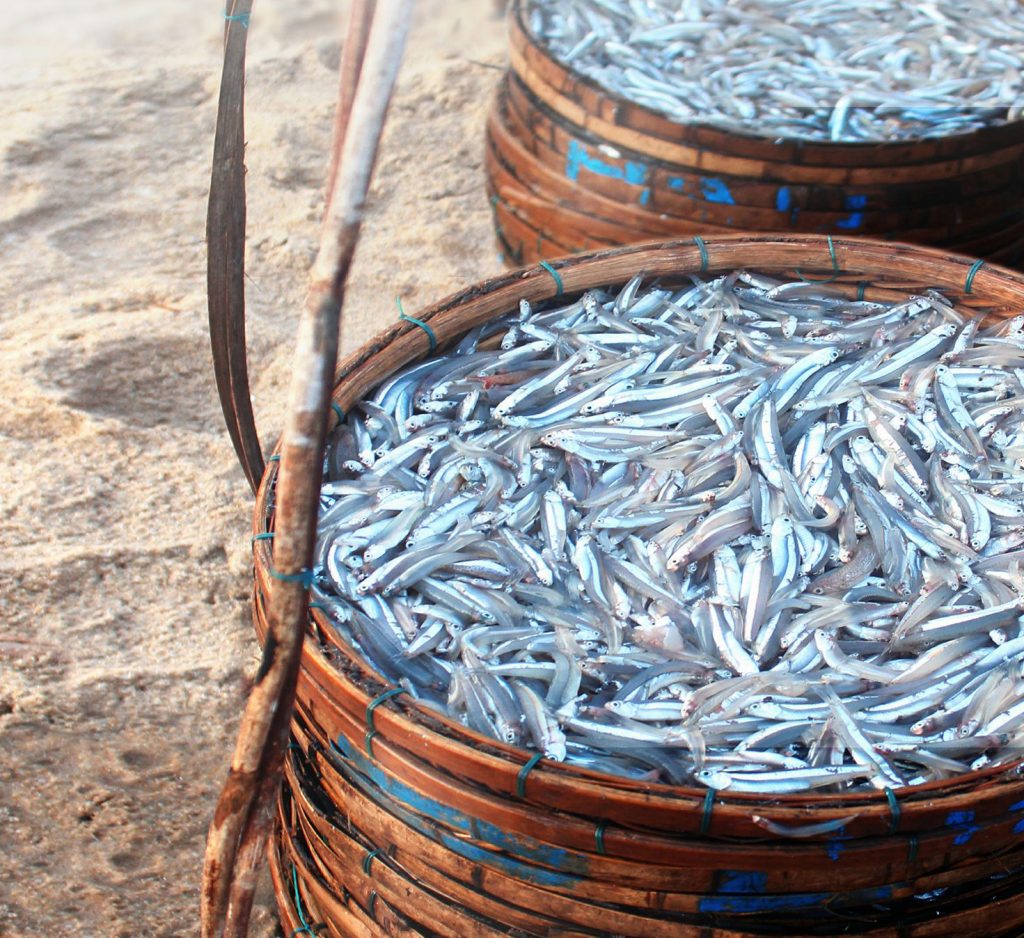
Thanks to their short life cycle (1–3 years), anchovies have minimal time to accumulate mercury or other heavy metals. That’s why the U.S. FDA lists them among the safest and healthiest fish, recommending 2–3 servings per week.
2. Sardines
Sardines are another excellent choice. Their soft, edible bones are an incredible source of calcium—even more than milk in some cases! They’re also high in protein, vitamin D, and DHA, essential for brain development, bone health, and eyesight, making them ideal for pregnant women and children.
Like anchovies, sardines have low mercury levels, making them a safe and nutritious addition to any diet.
3. Mullet Fish
Often found in brackish and saltwater, mullet is a lean, protein-rich fish known in traditional medicine for its ability to boost energy and aid digestion.
Mullet reproduce quickly and have short life spans, reducing the chance of mercury accumulation. Their firm, flavorful flesh suits a variety of cooking methods and is popular in many cuisines.
4. Beltfish (Cutlassfish)
Beltfish live deep in the ocean and are nutrient-dense yet affordable, offering a smart alternative to pricier options like salmon or tuna. They’re typically wild-caught, ensuring freshness and preserving their nutritional value.
Low in fat but with a balanced omega-3 profile, beltfish is a smart choice for health-conscious cooks.
In Conclusion:
Buying safe, fresh fish is one of the smartest things you can do for your family's health. We hope this guide helps you avoid toxic choices and select the most beneficial fish during your next market trip.
Be a wise shopper—your body will thank you for it.
News in the same category


Not a snake, this is the "kil.ler" that can crawl out of your air conditioner

Doctors Discovered 6 Morning Habits Shared by Most Can.cer Patients
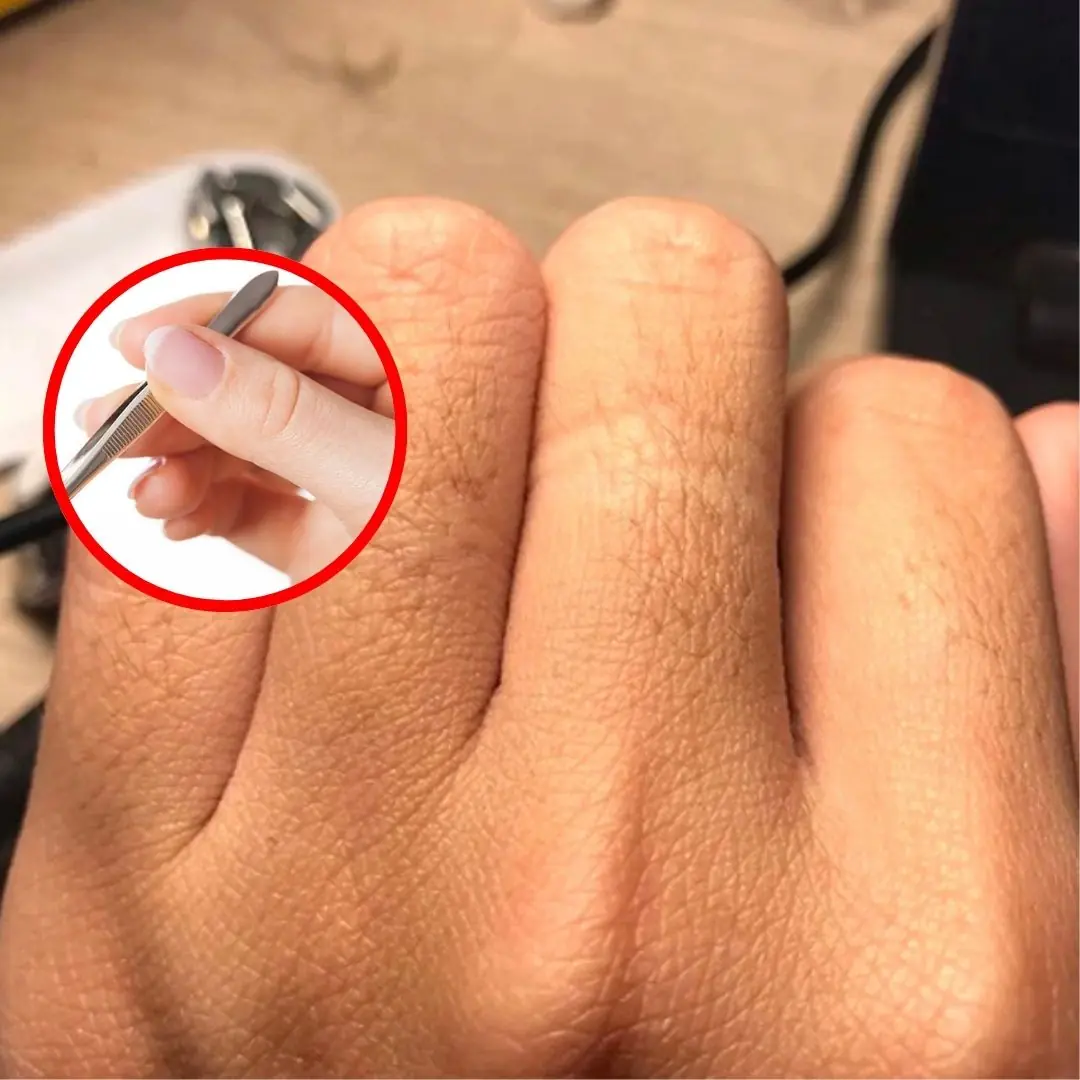
Why do women grow a lot of hair on their fingers?

20 Signs of Can.cer That Women Often Ignore

4 things you do in the morning that bring you closer to a str.oke

Garlic Is Healthy for Most But for These 4 Groups of People, It Can Be Dangerously Toxic

Snakes Don’t Fear Humans—But These 6 Animals Terrify Them

More Nutritious Than Meat and as Valuable as Ginseng
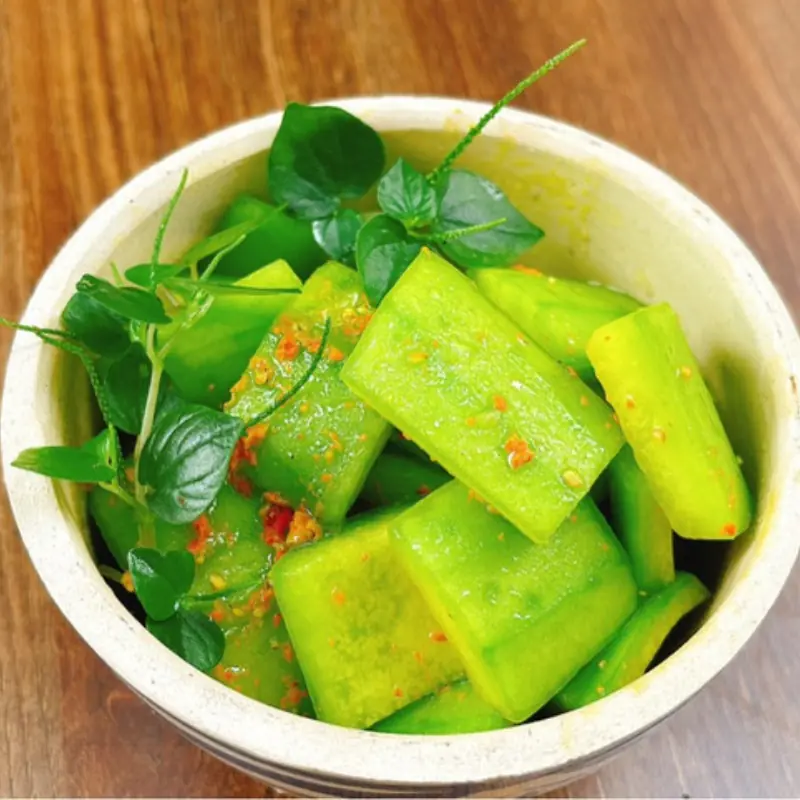
This Fruit Is the 'King of Digestion'

This Vegetable Is Known in China as a ‘Liver-Boosting Remedy’

These 3 Cooking Oils Could Trigger Cancer Cell Growth and Damage Your Organs

Warning: 4 Types of Food You Should Never Reheat

4 Kitchen Foods You Think Never Expire—But It’s Time to Toss Them Out!

There’s a Vegetable Richer in Iron Than Beef
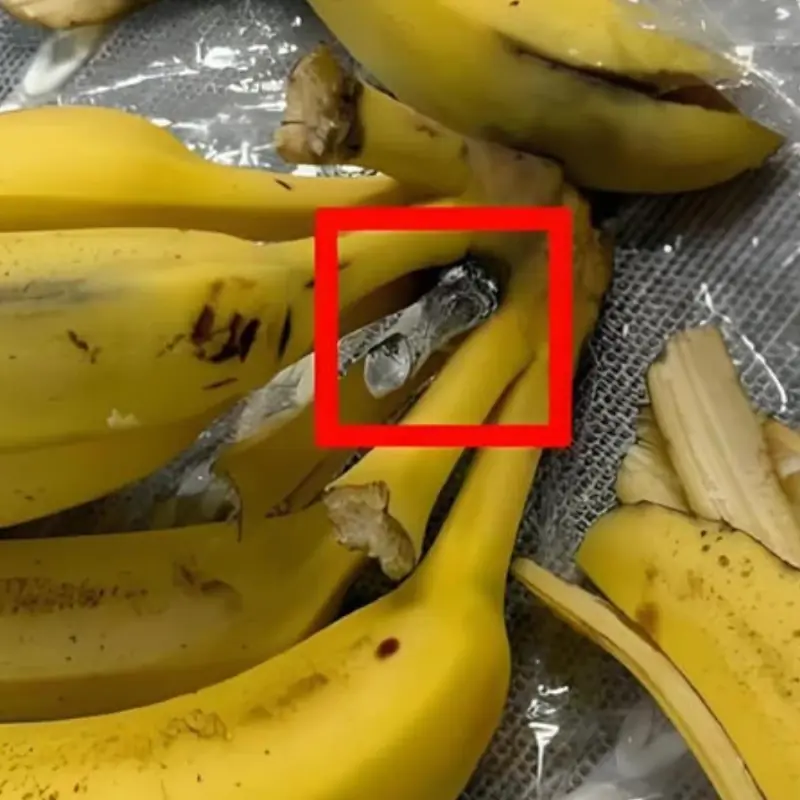
If You See These 4 Types, Walk Away Immediately No Hesitation

US approves 'guided missile' drug to treat lung c.a.n.cer

When I discovered the truth, I was left speechless and heartbroken

Why You Should Never Use Wastewater to Flush the Toilet
News Post

4 Morning Habits That Increase Str.oke Risk—Avoid Them at Any Age

2 Hidden Spots in Your Washing Machine That Make Clothes Dirtier

Not a snake, this is the "kil.ler" that can crawl out of your air conditioner

Doctors Discovered 6 Morning Habits Shared by Most Can.cer Patients

Who should not drink soy milk? 6 things to remember

Why do women grow a lot of hair on their fingers?

Understanding Vestibular Disorders: Causes, Symptoms, and How They're Treated

Symptoms of end stage kidney can,cer

20 Signs of Can.cer That Women Often Ignore

4 best vegetables to help prevent canc.er

Summer, how to choose the right naturally sweet ripe watermelon: No need to type, just look at one spot and you'll know right away

2 "hidden corners" of the washing machine that make clothes dirtier the more you wash them, 90% of people don't know

These 5 plants are the "nemesis" of formaldehyde: Swallow fine dust, purify air very well
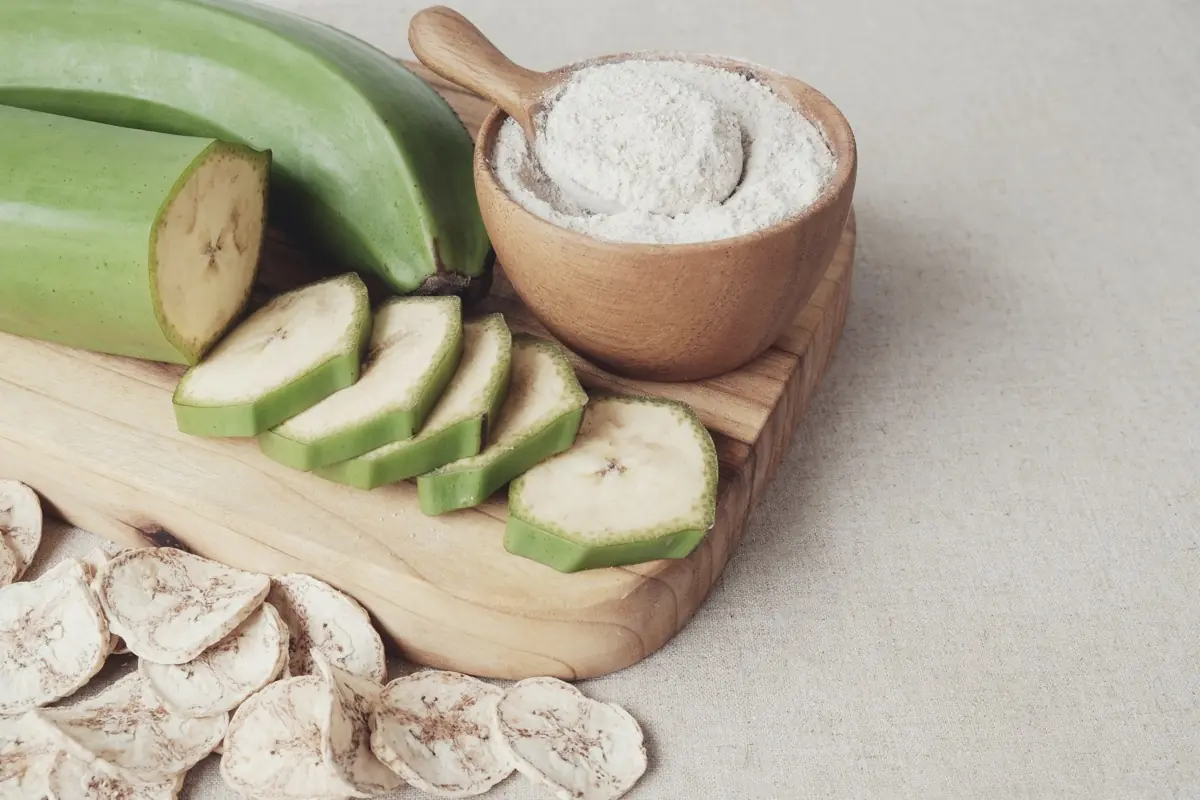
This fruit is extremely high in starch but helps reduce blood sugar and prevent 5 types of can.cer

4 things you do in the morning that bring you closer to a str.oke

These 3 “Frugal” Habits Are Actually Selling Out Your Health

Garlic Is Healthy for Most But for These 4 Groups of People, It Can Be Dangerously Toxic
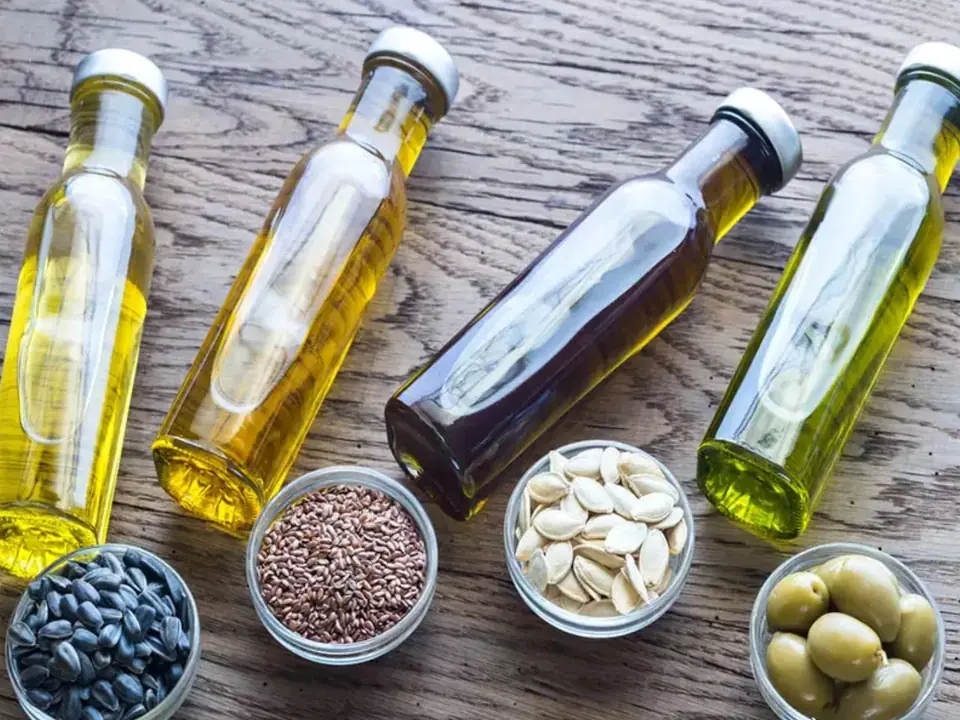
Types of cooking oils that are good for the heart
